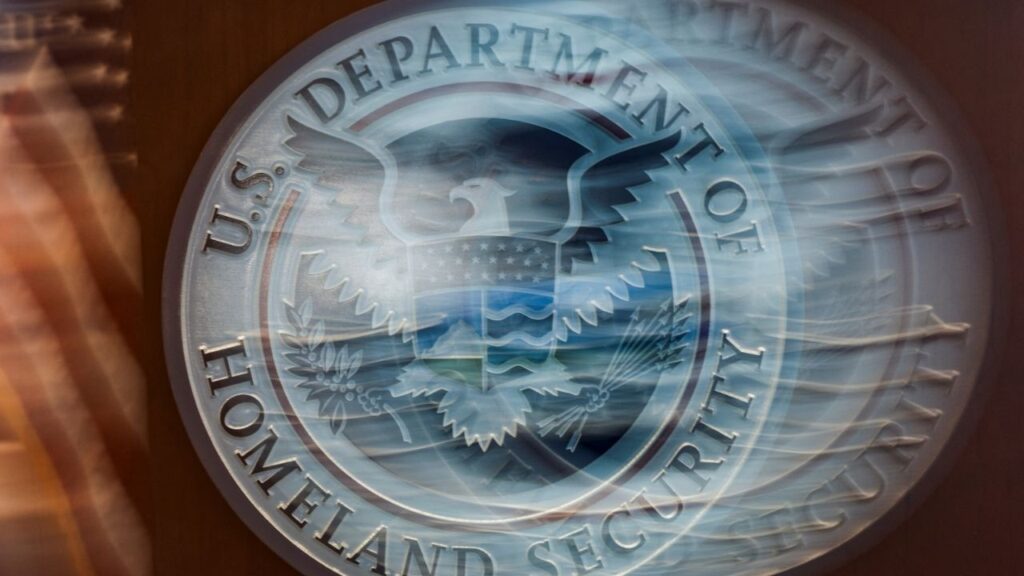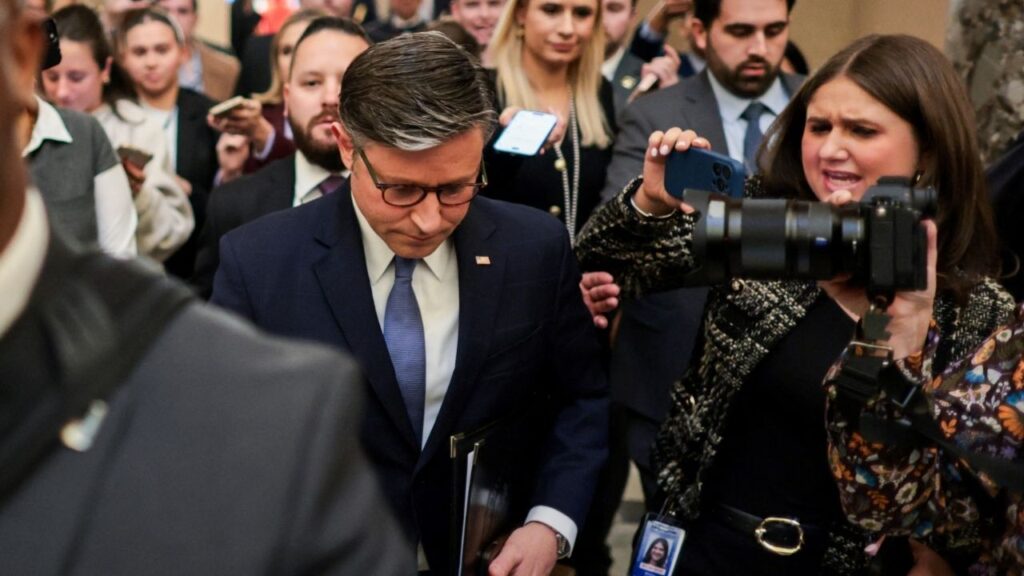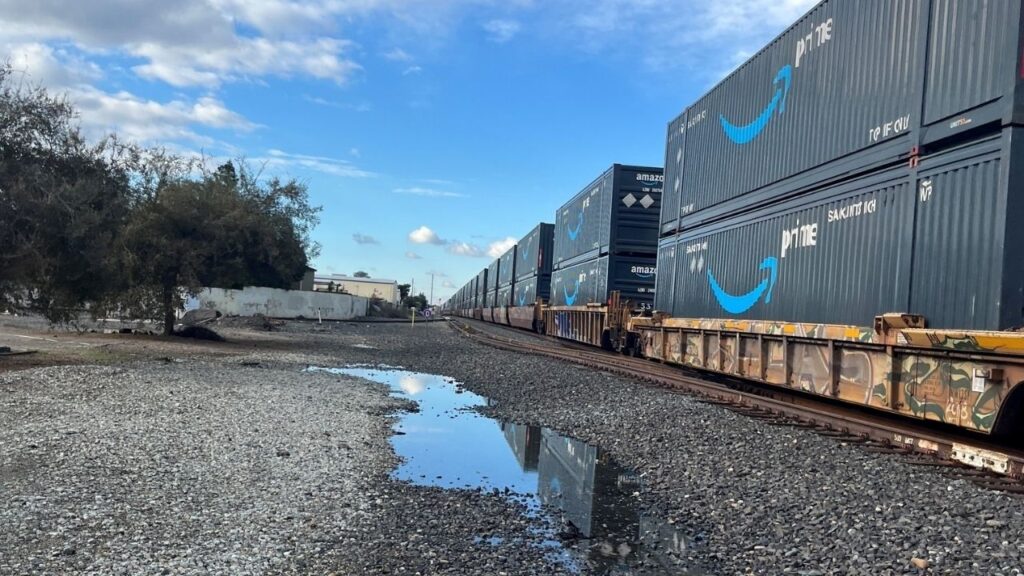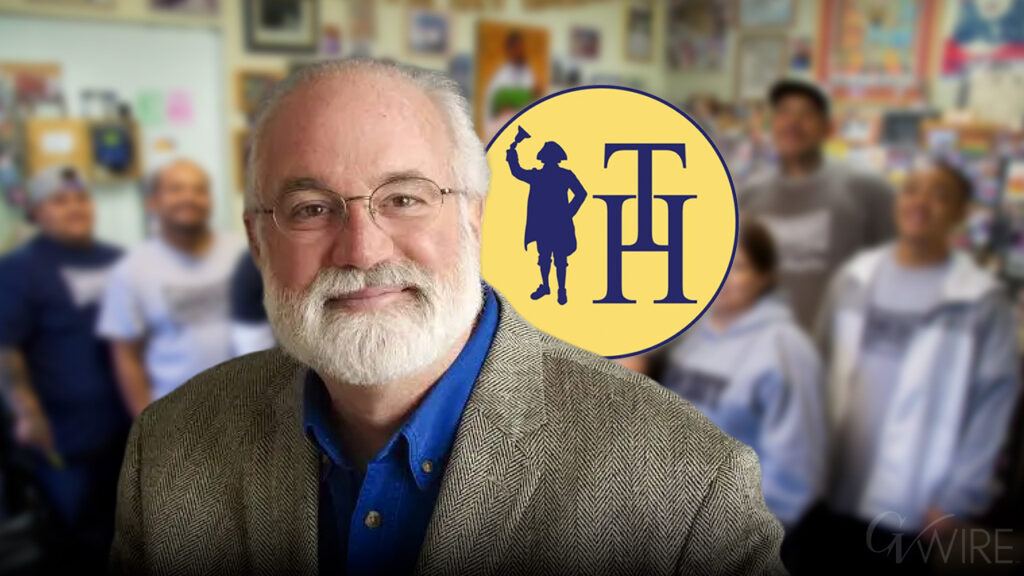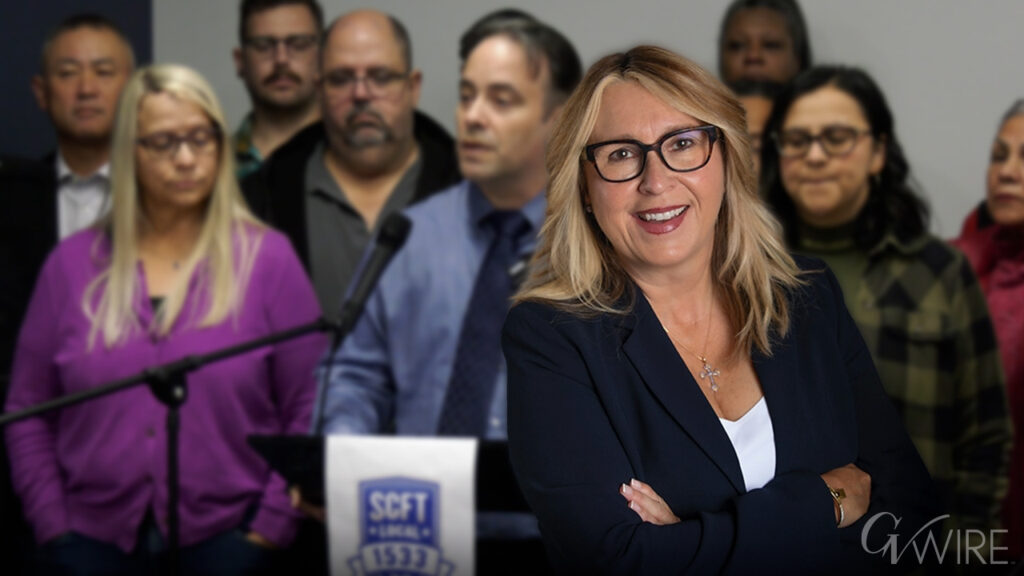Share
Like many students across the Valley, Jodie Howard’s son has struggled with distance learning since schools closed abruptly last March due to the coronavirus pandemic. He has autism and has a hard time understanding why his computer, once a source of gaming fun, now represents hard work and challenges as he tries to connect with his teachers and aides.

“There are lots of other issues that cannot be addressed online.” — special education advocate and parent Jodie Howard
So Howard was encouraged to learn that the California Department of Public Health on Tuesday issued new guidelines that will allow schools to bring small groups of the neediest and most at-risk students back to campus for instruction.
“It definitely has the potential to be beneficial,” she told GV Wire℠.
The new rules target kids with disabilities, special education students, those in foster homes, and the homeless. Also eyed for early returns to campus: English learners, students at risk of abuse or neglect, and students at higher risk of learning loss because of distance learning or who are not participating in distance learning.
Policy Sets Small Group Limits
Under the new policy, groups of no more than 14 students and two supervising adults can return to campus but would need to stay separate from other small groups. The aim is to decrease the potential spread of the highly contagious coronavirus.
The groups will be allowed on campus even as schools remain closed to students in counties where infection rates remain high. Under the state’s July mandate, counties must be off the state’s COVID-19 watchlist for 14 consecutive days before schools can reopen — unless they are an elementary school and obtain a waiver from the local health department.
Howard, who is also an advocate for special education students and their parents — she’s director of the BREN Special Education Legal Clinic at the San Joaquin College of Law — said remote learning has not been successful for many special education students, who either are showing no positive results or have regressed.
This semester her son now has more aides working with him than he did with distance learning in the spring semester, but trying to communicate through a computer screen still poses difficulties. For example, one of his aides is soft-spoken and her son struggles to understand her, so the school arranged for the aide to wear a headset with a microphone closer to her mouth.
But when it comes to physical and occupational therapies, online instruction is insufficient for meeting those students’ needs, she said.
“There are lots of other issues that cannot be addressed online.”
State Health Policy Under Review
How soon school districts will be able to develop plans to allow small groups of students on campus is anyone’s guess.

“The hard part for us is figuring out, out of 74,000 students, who are of the highest need. A lot of them are of the highest need, if we’re really honest about it, and 14 (the maximum size for small groups) is not everybody. So, that’s the next planning cycle.” — Fresno Unified Superintendent Bob Nelson
Fresno County Superintendent of Schools Jim Yovino told GV Wire℠ on Wednesday that he planned to meet Thursday with county health officials to discuss the new state policy and how it may be applied in Fresno County, which is struggling with high COVID-19 infection rates.
When it comes to deciding who can come back to campus, Fresno school officials said those will be tough decisions. Asked about how to prioritize students for a return to school, Fresno Teachers Association president Manuel Bonilla said he didn’t have an answer.
“How do you determine which group?” he asked.
Fresno Unified Superintendent Bob Nelson told trustees at Wednesday night’s board meeting that the students targeted by the state policy describe many of the district’s 74,000 students. He noted that homeless children who live in shelters at night but have no shelter space in the daytime could be considered as needy as other special needs students.
“The hard part for us is figuring out, out of 74,000 students, who are of the highest need,” he said. “A lot of them are of the highest need, if we’re really honest about it, and 14 (the maximum size for small groups) is not everybody. So, that’s the next planning cycle.”









